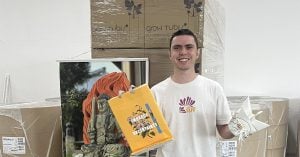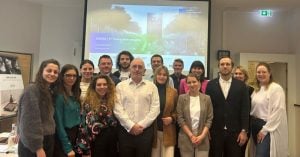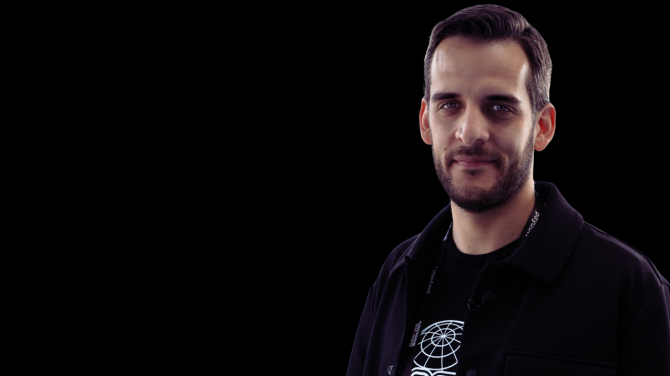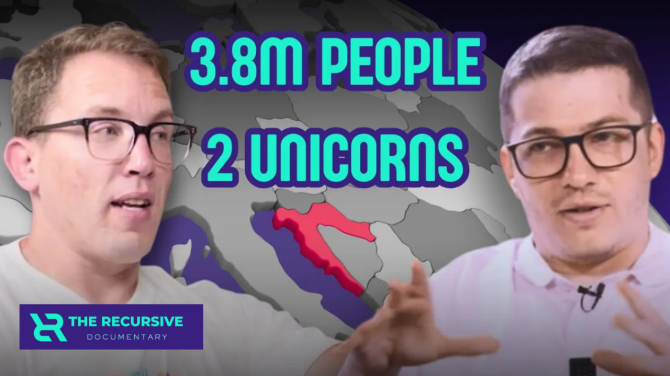Summer is a time for recharge, detachment, but also reflection. And how else to enjoy those moments of pause and silence than with a good book? Today, The Recursive puts a fresh spin on the innovation books series with a salient theme: sustainability. We turned to regional entrepreneurs and professionals for the reads that have inspired their upgrowing as sustainability advocates and positive change enablers. Below are a few key sustainability books recommended by SEE ecosystem shapers in e-commerce and retail.
The Invention of Nature, by Andrea Wulf
Recommended by Miruna Iliescu, Founder of eco-friendly e-commerce platform estiverde
The story reveals the life of the forgotten visionary, Alexander von Humboldt (1769-1859), a German naturalist who created the modern vision of nature. Humboldt was a scientist and a fearless explorer, living a life packed with adventure. He did everything from climbing the highest volcanoes in the world to racing through a Siberia that was infested with anthrax. Humboldt was among the first to perceive and discuss the interconnections and similarities between the different parts of our world, which led him to predict human-induced climate change.
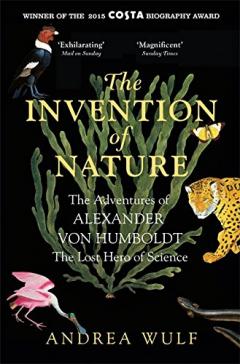
“I would highlight that Humboldt had a vision of the universe as an unified organism, rather than splitting it into specialized fields. He also had a great impact on Charles Darwin’s work and he warned about the negative impact man was having on nature since the early 1800s.” – Miruna Iliescu
Loved Clothes Last: How the Joy of Rewearing and Repairing Your Clothes Can Be a Revolutionary Act, by Orsola De Castro
Recommended by Maria Sas, founder of the digital platform for sustainable fashion Sustainibli
“Orsola De Castro is a pioneer in the conscious fashion education and the founder of Fashion Revolution, as well as the Slow Factory, a free education portal about the fashion industry. It is a great book to get to understand our relationship with clothes in a consumerist culture. You’ll go from reading shocking insights into the inner workings of a highly labour intensive industry, to finding hope on how you can mend your dynamic with clothes.”
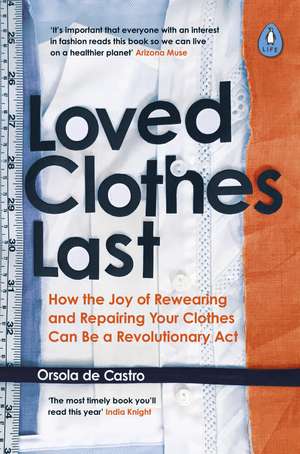
“Fashion Revolution activist, Orsola de Castro, writes a guide on how to care for, mend and repair our clothes in the fight against fast fashion. The book guides readers into scrutinizing their shopping habits and attitudes towards clothing regarding the environmental and social footprint of their decisions. It then offers a series of practical tips that anyone can use to improve their impact.” – Maria Sas
A Practical Guide to Sustainable Fashion, by Alison Gwilt
Recommended by Denitsa Damyanova, Co-founder and Head Designer of sustainable fashion brand blonde gone rogue
Alison Gwilt’s book offers an overview of current models of fashion design and production, introducing the key issues associated with the production, consumption and disposal of clothing. It is also full of stories and best practices from renowned international designers such as Vivienne Westwood, Stella McCartney, and People Tree. The chapters follow the key stages in the lifecycle of a fashion garment, exploring sustainable approaches such as low-impact and zero waste techniques, upcycling, repair and maintenance, and closed-loop design systems.
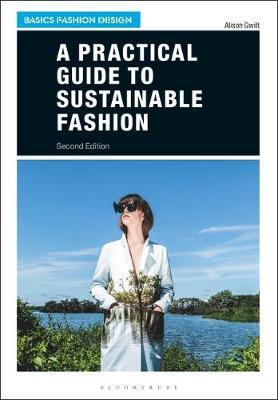
“This book is somewhat of a little “bible” that summarizes different aspects of designing for sustainability. It is a great way for young designers to get a good grip of what they need to be considering during their creative process.” – Denitsa Damyanova
Bonus: Cradle to Cradle, Remaking the way we make things, by Michael Braungart and Bill McDonough
Recommended by our sustainability editor
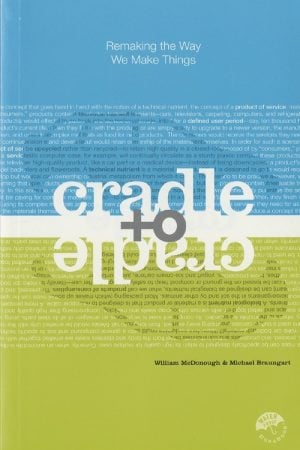
Cradle to Cradle can be a powerful and compelling book for anyone interested in understanding how world systems interconnect and how we can improve our impact. From presenting the facts behind the vulnerabilities in our current system, to connecting readers with powerful stories inspired by nature, setting ambitious goals, and giving real-world solutions, the book leaves no stone unturned.
What I found most inspiring was how the book drew parallels with the works of nature for ways to make our world a better place, from the ants that handle waste, to the cherry tree that nurtures soils when its leaves fall. It’s one of the best books to learn about the circular economy, the hidden chemistry behind the products we use on a daily basis, and eco-effectiveness strategies, whereby humans and nature can thrive together.





